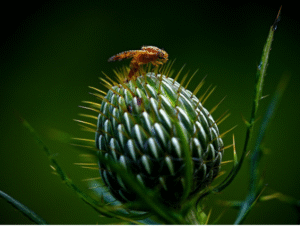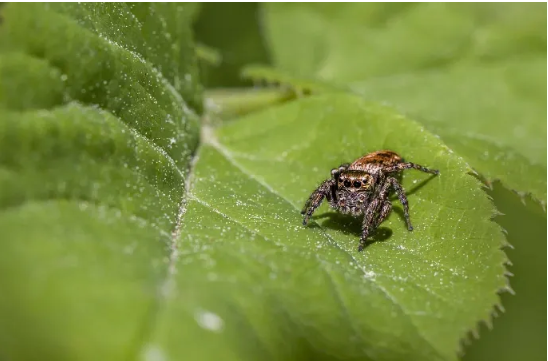The Ultimate Guide To Pest Control From Prevention To Elimination
Whether you’re dealing with ants or other common household pests, the right tools and tactics can ensure that your home is pest-free in no time. Keep reading to learn the useful steps on how to get rid of and prevent pest infestations at home.
Basics Of Household Pests
Before understanding the technicalities of pest invasion and the effective pest control strategies, you must know the behavior and habits of common household pests.
- Ants
One of the fairly common creatures, i.e., the ants, can create a ruckus in your kitchen area and contaminate the stored food. Moreover, the carpenter ants might cause structural damage to your kitchen’s wooden appliances and affect the foundational aspects.
- Rodents
Rodents are another type of pest that is quite notorious and might contaminate your food or damage your electrical wiring. In addition to that, research suggests that rodents may contribute to the spread of some infectious diseases, such as Salmonella or hantavirus.
- Cockroaches
Did you know cockroaches thrive in a moist environment and may be challenging to eliminate from your household? Along with this, cockroach infestation may act as a potential source of allergens or bacterial infections to a great extent.
- Termites
Termites, also known as silent destroyers, can often be challenging to detect. However, the variety of pests causes significant structural damage to wooden structures and furniture in your household.
- 5. Mosquitoes
Most households experience pests like mosquitoes and flies. Such a pest variety can cause significant health issues like malaria, dengue, or food-related illnesses in the long run.

Prevention As The Primary Defense
When dealing with pest infestations, the first line of defense can be adequate prevention and pest control.
- Seal Entry Points
If you aim not to have the pests inhabit your property, consider sealing entry points for potential pest invasion. The beginning of pest control and prevention encompasses targeting the entry points in your home through which different pests may enter the living space.
To do this, you may want to examine and locate any cracks in the walls or spaces around your home. After careful inspection, such spaces must be sealed for pest control, as they can act as a potential gateway to attract pests.
- Maintain Proper Hygiene
Another preventive measure may be to maintain a clean and hygienic home. You can eliminate the leftover food crumbs or any sources of standing water to keep the pests at bay. Also, practice storing the food in airtight containers and cleaning your kitchen countertops for additional protection.
- Declutter Your Space
Did you know that decluttering your space can be an effective measure to eliminate potential pest sources? It’s about time to manage the stacks of paper or unused items in your living room. That way, an organized space is less likely to attract different pests like termites or ants.

Natural & Eco-Friendly Solutions
If you want to be clued in on natural and environment-friendly methods to control pests, some of the home remedies for pests can be highly beneficial. You can try the natural powder Diatomaceous Earth, which has desiccating effects, specifically towards crawling pests like fleas, termites, etc. Moreover, harnessing the utility of essential oils such as peppermint and citronella oil can revolutionize the way you approach pest control so far.
Peppermint oil can help repel pests like spiders, and citronella oil can help keep your home mosquito-free. You have to mix a few drops of the oil with water and spray it around the pest-infested areas of your household. Vinegar and Baking soda are yet another effective home remedy to remove any chance of an ant invasion in your kitchen space in no time.
Integrated Pest Management
If you are searching for an eco-friendly yet effective approach to managing pests in your household, then the Integrated Pest Management Strategy might help. It is a modern pest control strategy encompassing different measures like prevention, elimination, and constant monitoring of the pests. Further, the approach involves regular inspection of your living space for potential signs of invasion.
After accurately identifying the signs, the technique employs long-term solutions to manage pests instead of relying on quick fixes. Research suggests that Integrated Pest Management avoids using harmful chemicals and pesticides for sustainable and long-term pest management.
The Ultimate Guide Bottom Line
Homeowners often look for effective solutions to manage pest invasions in their households. While pest control can be challenging, reliable preventive measures can help tackle the issue. You can combine hygiene practices with integrated pest management strategies to ensure a long-term, pest-free living space.
On top of this, consider export solutions or professional services for the pest-related challenges that are out of your control. Such a holistic approach can help manage pest-related issues and ensure a hygienic environment. You only need to search for a trusted pest control service to sort your pest management requirements.
